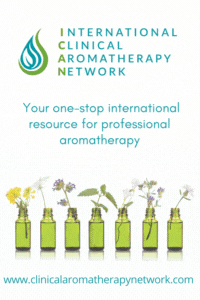Positive Health Online
Your Country

Research: KAINZ and colleagues, Dep
Listed in Issue 22
Abstract
KAINZ and colleagues, Department of Dermatology, University of Graz, Austria write that despite the wide practical application of homoeopathy, scientifically credible placebo-controlled studies are scarce. The authors evaluated the efficacy of homoeopathy for the treatment of warts on children in a prospective, double-blind randomised trial.
Background
Methodology
Participating were 60 children aged 6-12 years with common warts on the back of the hands, who were treated either with an individually selected homoeopathic preparation (n=30) of at least a 1:1, 012 dilution or given a pure placebo in the form of saccharose (n=30) under double-blind conditions. The area occupied by the warts was measured prior to and following 8 weeks of treatment. Reduction of the wart area by at least 50% was considered to constitute a response.
Results
A total of 16 children responded - 9 of 30 children in the homoeopathy group and 7 of 30 children in the placebo group. A total cure of warts occurred in 5 children in the homoeopathy group and in 1 child in the placebo group.
Conclusion
There was no apparent difference between homoeopathic and placebo treatment in children with common warts in this study.
References
Kainz JT et al. Homoeopathic versus placebo therapy of children with warts on the hands: a randomized, double-blind clinical trial. Dermatology 193(4): 318-20. 1996.



